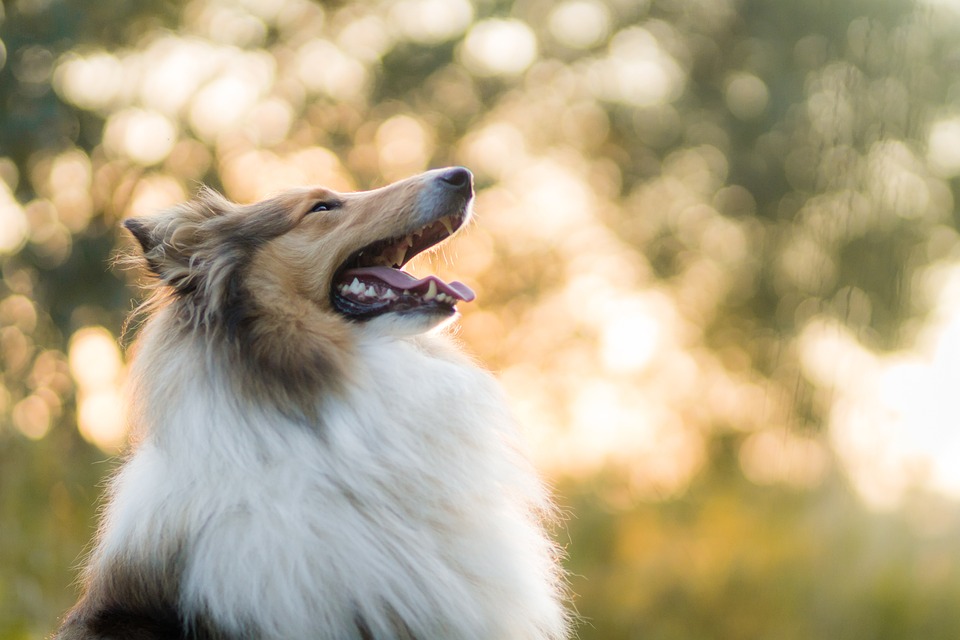*Heading 1: Introduction*
Traveling with your furry friend can be exciting, but it can also be a challenging experience if your dog gets anxious or restless in the car. Whether you’re planning a road trip or simply need to take your pup to the vet, training your dog to stay calm in the car is essential for a stress-free journey. This ultimate guide will walk you through effective techniques to ensure your dog’s comfort and safety during car rides.
*Heading 2: Understanding the Causes of Car Anxiety*
Sub-heading: What triggers car anxiety in dogs?
Sub-heading: Common signs of car anxiety in dogs
Car anxiety in dogs can be triggered by a variety of factors, including previous negative experiences, motion sickness, fear of confinement, or separation anxiety. Common signs of car anxiety in dogs include excessive panting, drooling, restlessness, whining, trembling, pacing, or even vomiting. Understanding the causes and recognizing the signs of car anxiety in your dog is the first step towards addressing the issue.
*Heading 3: Preparing for the Journey*
Sub-heading: Familiarize your dog with the car
Sub-heading: Create a safe and comfortable environment
Sub-heading: Start with short, positive trips
Before embarking on a long car journey, it is important to familiarize your dog with the car. Allow your dog to explore the car while it is stationary, rewarding them with treats and praise. Creating a safe and comfortable environment in the car is essential, including using a crate, a seat belt harness, or a car barrier to ensure your dog’s safety. Start with short, positive trips to nearby locations, gradually increasing the duration and distance as your dog becomes more comfortable.
*Heading 4: Desensitization and Counterconditioning Techniques*
Sub-heading: Gradual exposure to the car
Sub-heading: Positive reinforcement and rewards
Sub-heading: Using calming aids and accessories
Sub-heading: Seeking professional help if needed
Desensitization and counterconditioning techniques involve gradually exposing your dog to the car in a positive and controlled manner. Start by having your dog sit in the car with the engine off, rewarding them with treats and praise. Gradually progress to short drives, rewarding calm behavior. Using calming aids and accessories such as lavender sprays, calming music, or anxiety wraps can also help your dog relax. If your dog’s car anxiety persists or worsens, it may be beneficial to seek professional help from a dog trainer or veterinary behaviorist.
*Heading 5: Training Exercises to Promote Calmness*
Sub-heading: Teach your dog a “settle” or “stay” command
Sub-heading: Introduce relaxation exercises before car rides
Sub-heading: Practice obedience during car trips
Training exercises can help promote calmness in your dog during car rides. Teach your dog a “settle” or “stay” command, rewarding them for remaining calm and relaxed. Introduce relaxation exercises such as deep breathing or massage before car rides to help your dog relax. Practice obedience during car trips, rewarding your dog for listening to commands and exhibiting calm behavior.
*Heading 6: FAQs (Frequently Asked Questions)*
Sub-heading: Q1: How long does it take to train a dog to stay calm in the car?
Sub-heading: Q2: Can I use medication to calm my dog during car rides?
Sub-heading: Q3: What should I do if my dog’s car anxiety worsens over time?
Sub-heading: Q4: Are there specific breeds more prone to car anxiety?
Sub-heading: Q5: Can I use treats to distract my dog during car rides?
To provide further information and address common concerns, a FAQs section has been included.
**Q1: How long does it take to train a dog to stay calm in the car?**
Training durations vary depending on the dog’s temperament and the severity of their anxiety. It can take anywhere from a few weeks to several months to achieve significant progress. Consistency, patience, and positive reinforcement are key in this training process.
**Q2: Can I use medication to calm my dog during car rides?**
If your dog’s anxiety is severe or persists despite training efforts, consult with your veterinarian. They may recommend anti-anxiety medication or natural supplements to help your dog stay calm during car rides. However, medication should always be used as a last resort and under professional guidance.
**Q3: What should I do if my dog’s car anxiety worsens over time?**
If your dog’s car anxiety worsens or doesn’t improve despite training, it’s important to consult with a professional dog trainer or a veterinary behaviorist. They can assess the situation and provide specialized guidance to address your dog’s specific needs.
**Q4: Are there specific breeds more prone to car anxiety?**
While any dog can develop car anxiety, certain breeds are more prone to it. For example, dogs with a history of motion sickness, separation anxiety, or nervous temperaments may be more susceptible. However, with proper training and desensitization techniques, all dogs can learn to stay calm in the car.
**Q5: Can I use treats to distract my dog during car rides?**
Using treats as a distraction during car rides can be helpful, especially during the initial training stages. Gradually reduce the reliance on treats as your dog becomes more comfortable. Remember to choose treats that are safe for car consumption and avoid any distractions that could compromise the safety of the journey.
By following the techniques and tips outlined in this ultimate guide, you can help your dog overcome car anxiety and create a positive car travel experience for both you and your furry companion. Remember, training takes time and consistency, so be patient and celebrate every small victory along the way. Safe travels!









